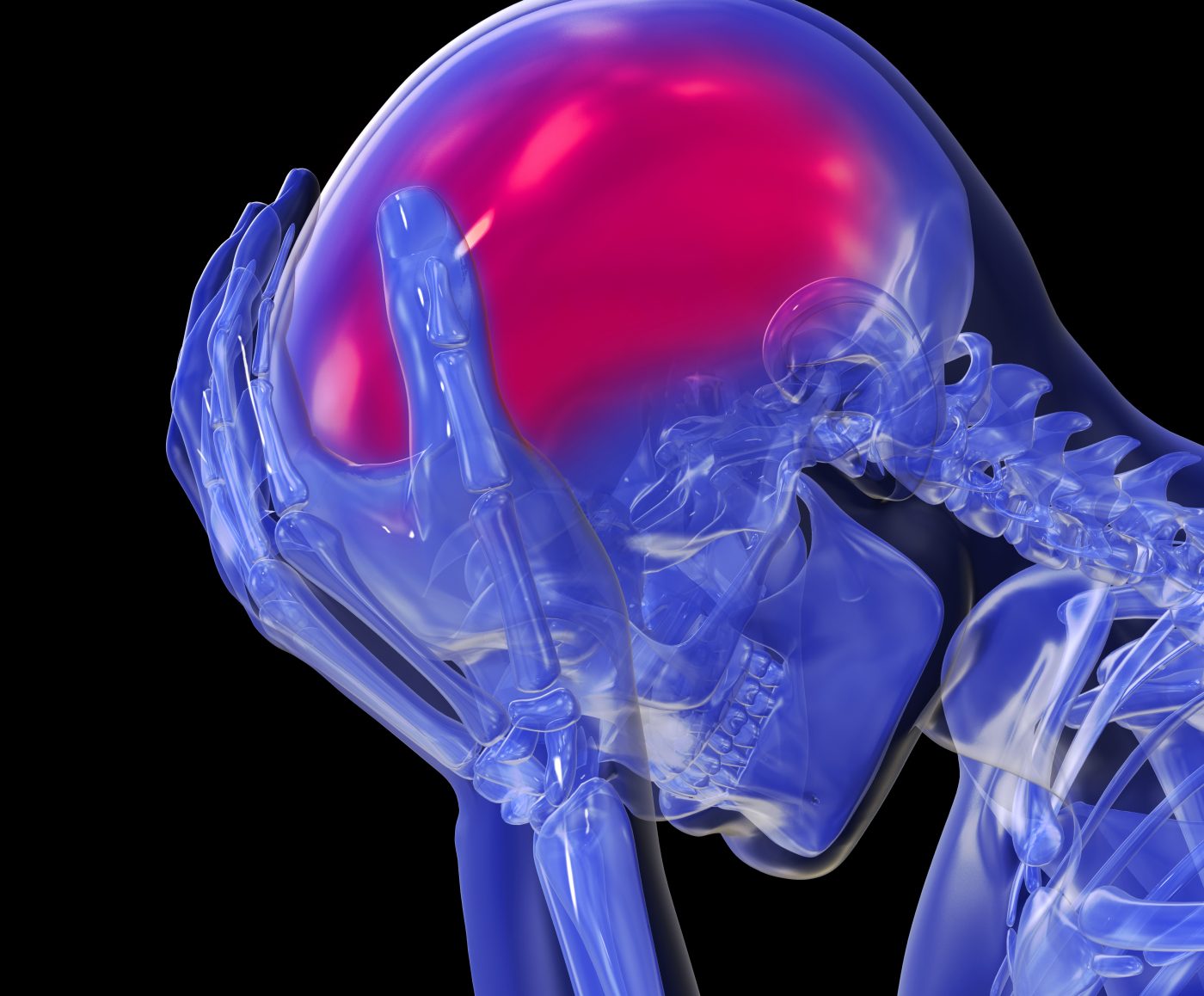Inflammatory Processes in Huntington’s: Researchers Seek to Understand Influence on Disease

Inflammatory processes in both the brain and the rest of the body are likely an integral part of Huntington’s disease, according to a review of published data on the topic.
The report, “Neuroimmunology of Huntington’s Disease: Revisiting Evidence from Human Studies,” published in the journal Mediators of Inflammation, however, underscores the fact that researchers still don’t understand the immune contributions to Huntington’s.
For example, it is currently not possible to conclude if the inflammatory changes start neurodegeneration or if they are caused by the loss of neurons. Researchers also don’t know how immune processes in the brain and the rest of the body interact to influence the disease.
The authors, from the McGovern Medical School at the University of Texas Health Science Center at Houston, say that more research on the subject is needed, and may eventually lead to the development of effective anti-inflammatory drugs for managing Huntington’s symptoms.
Brain immune flaws
Because Huntington’s is a brain disease, it is natural that researchers are turning to the brain for clues about how the mutant huntingtin gene causes neurons to die — a topic that is far from resolved.
Examining brains of deceased people with Huntington’s, researchers have found that microglia — the brain’s main immune cell type — are abnormally activated. The activation of these cells corresponded to the extent of nerve cell loss.
Another type of brain cell involved in inflammatory processes, called astrocyte, is also found in higher numbers in patients’ brains. The degree of abnormality of these two cell types correlates with disease severity. Researchers report similar finding in animal models of Huntington’s.
Since both these cell types can release inflammatory molecules, it is no surprise that researchers have found higher levels of factors such as IL-6 and IL-8 in patient brains. Likewise, intracellular inflammatory pathways are also activated.
Studies of patients who are still alive, or of carriers of the Huntington’s mutation, support the findings in deceased patients. Using a brain imaging method called PET (positron emission tomography), researchers can track the activation of microglia when people are still alive. Such studies show that the degree of activation of the brain immune cells correlates with disease severity and the number of CAG repeats in the mutated huntingtin gene.
Such abnormalities are also present in people carrying the mutation who have not developed symptoms yet, and are also linked to the levels of plasma levels of inflammatory factors such as IL-6, IL-8 and TNF-alpha in these people, suggesting that inflammatory processes start early in the disease process.
Contributions from the outside
It is not enough to look at the brain only when studying Huntington’s disease. Immune processes in the brain and the rest of the body are linked, and therefore, so-called peripheral immune factors can also contribute to the brain disease.
Mutant huntingtin exists in many cell types and is particularly common in immune cells. Some studies show that the accumulation of mutant protein increases in immune cells as the disease progresses.
The presence of the faulty protein seems to make some immune cells, known as monocytes, hyperactive, reacting more strongly than normally. Such cells produce some of the same immune factors as previously mentioned and are increased in the brain, such as IL-6 and IL-8.
Like the brain, studies exploring blood levels of these inflammatory factors show that they are increased. Also, the elevation of some factors is present not only in those with symptoms — one study reported finding high IL-6 levels in people with huntingtin mutations up to 16 years before they developed symptoms.
Studies also show that in later disease stages, other anti-inflammatory factors can also be found at higher concentrations in the blood. Many more inflammatory mediators are reported to be increased in patients. Just as was the case in the post-mortem brains, researchers report that intracellular inflammatory pathways are activated in patients.
Anti-inflammatory treatment for Huntington’s?
Given the amount of evidence showing that there is something going on with the immune system in Huntington’s, many researchers have started testing anti-inflammatory drugs for the condition.
Most studies so far have not been performed in patients, but a fair number of clinical trials are also ongoing, some of which are currently recruiting participants.
A drug called minocycline did not show any effect on symptoms in two registered clinical trials (NCT00277355 and NCT00029874) despite animal studies showing that it acts in a neuroprotective way. Studies exploring other molecules thought to be beneficial have also failed to show an effect, but the authors believe that all the studies were too small to detect any differences.
Another medication called laquinimod has also shown positive effects in lab studies, and a clinical trial (NCT02215616) is now recruiting participants at a large number of study sites across the world. A study (NCT02481674) exploring a drug called VX15/2503, acting as an antibody against the neuroinflammatory factor Semaphorin 4D is also starting up, but the study only recruits patients by invitation.
Future trials will undoubtedly tell us if blocking inflammatory processes can be beneficial for Huntington’s patients.






